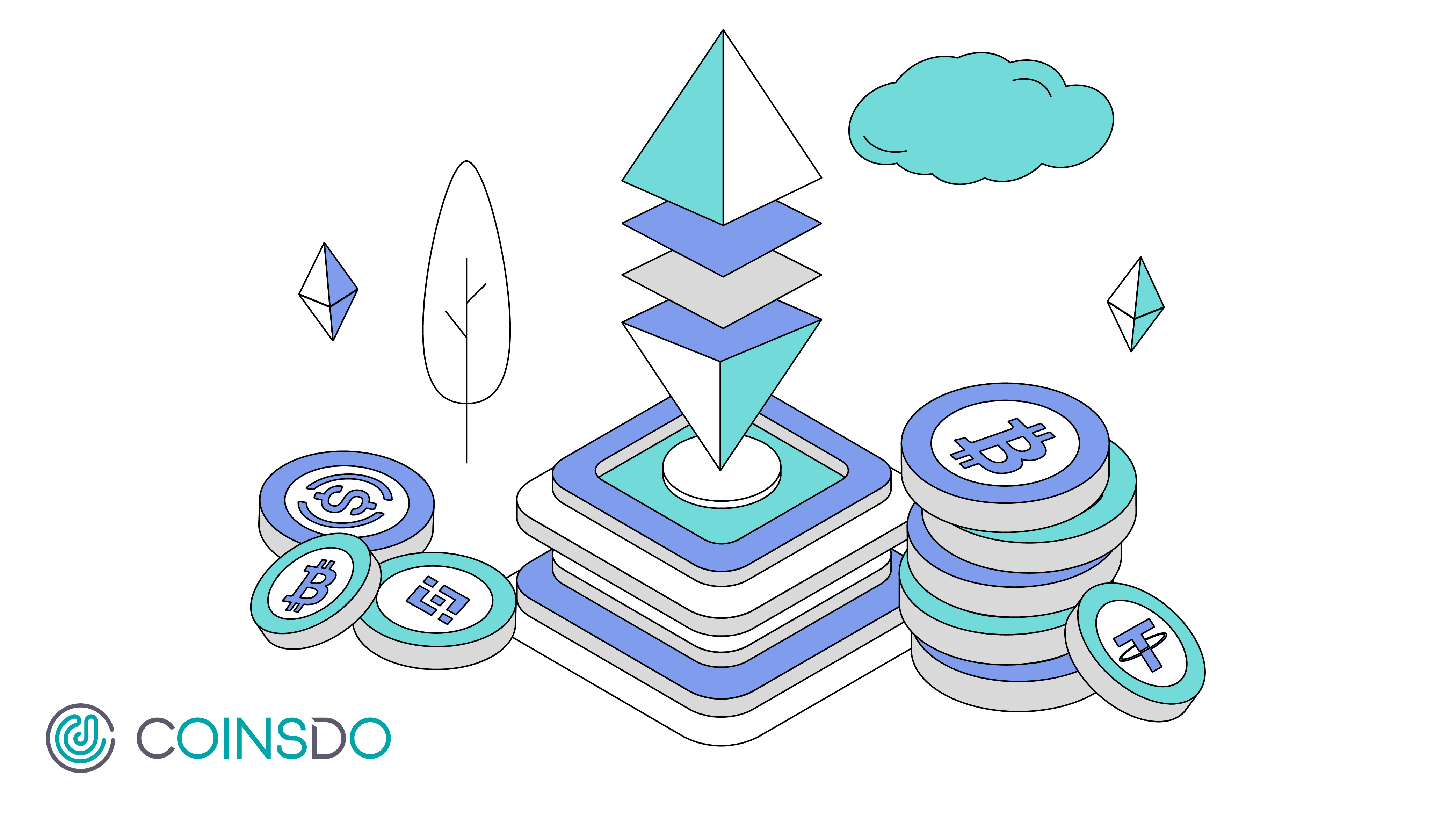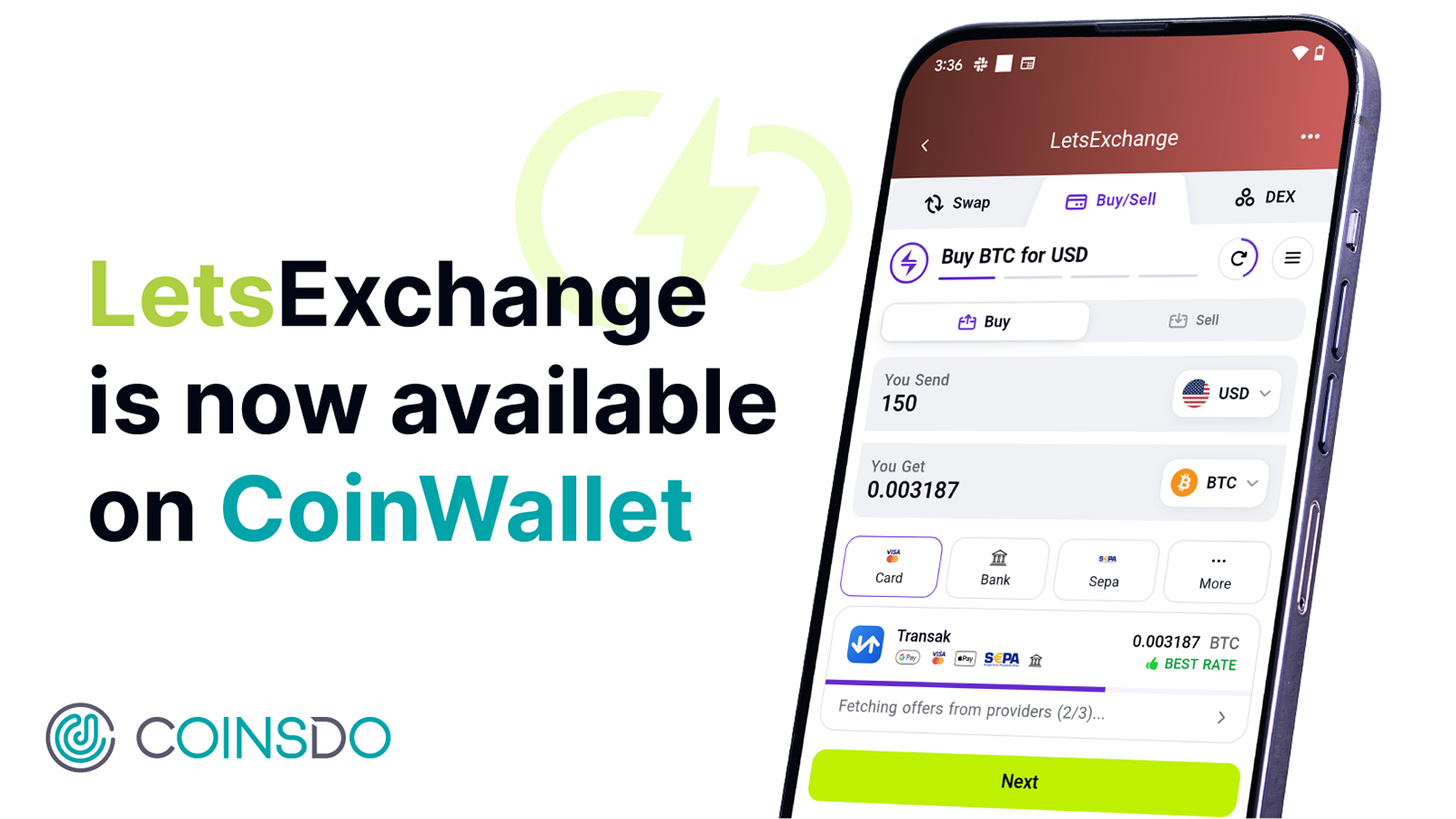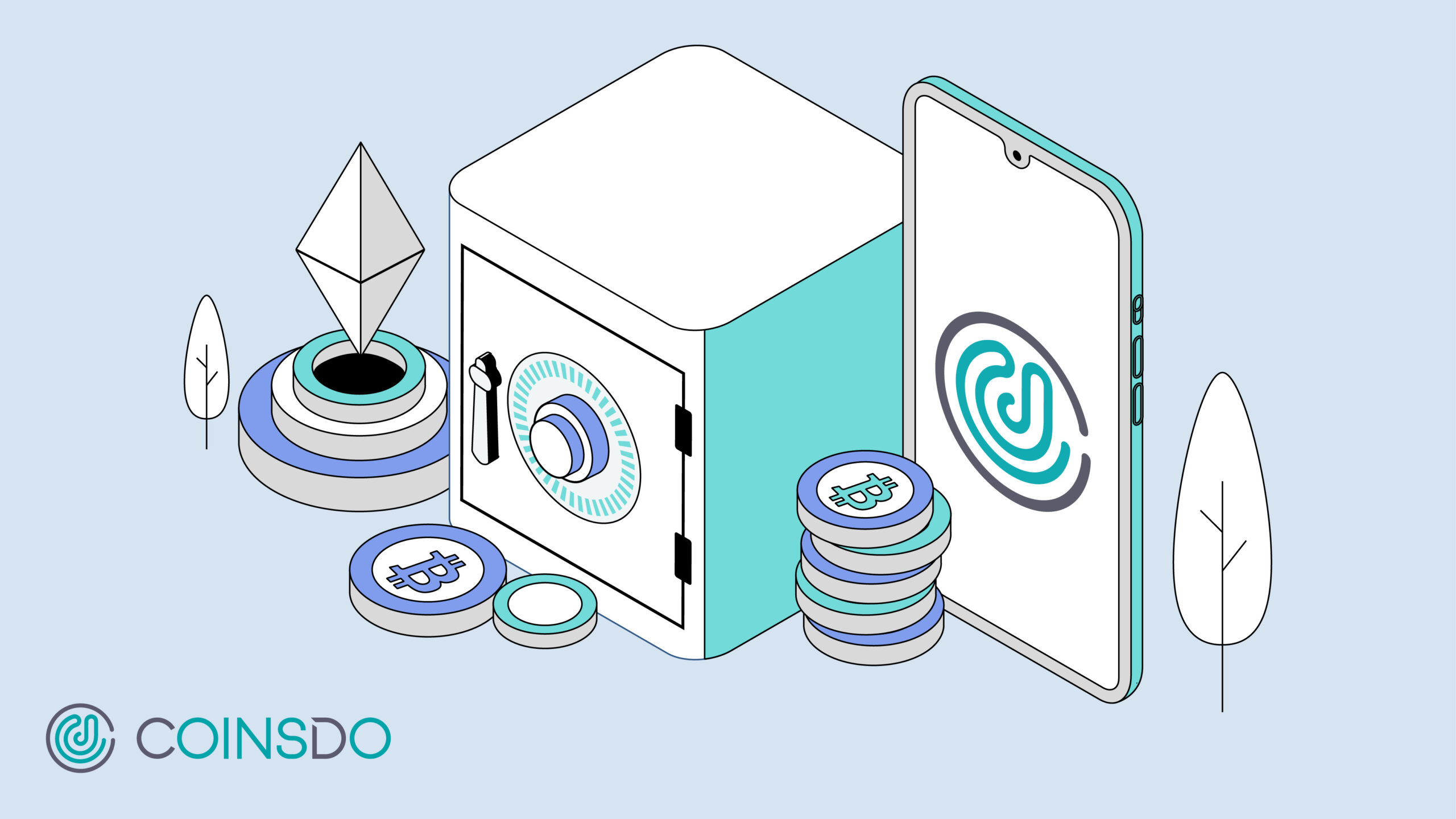Recently, at CoinsDo, we encountered a real-world scenario that underscores the importance of understanding USDC transfers. It began with some feedback we received: a user did not receive the ERC20 USDC sent to his CoinWallet-generated USDC address. The funds were sent yet never received,and the transaction seemed to vanish into thin air.
Perplexed and concerned, we delved into the issue, tracing the digital footsteps of this transaction. What we uncovered was a revelation about the complexities of USDC transfers. The address in question, while ostensibly for ERC20 tokens, was in fact for AVAX-ERC20 - a subtle but significant difference. This experience illuminated a crucial aspect of dealing with USDC – the intricate nuances of its different forms and the vital importance of matching the right USDC to the correct address.
In this blogpost, we’ll go over how this whole fiasco came to be, what to do in such a scenario, and how to avoid it in the future.
Why There Are Different USDC on Different Blockchains?
USDC, or USD Coin, was initially developed as a stablecoin pegged to the US Dollar, designed to offer the benefits of digital currency while maintaining price stability. The evolution of various blockchain ecosystems led to the proliferation of USDC on different blockchains, each tailored to a specific blockchain network.
Different blockchains offer unique advantages, like speed, cost, and technical capabilities. By having USDC available on various blockchains, users can choose the most suitable network for their specific needs, whether it's for trading, investing, or everyday transactions.
A USDC for Every Situation
Ethereum (ERC-20): The original and most widely used format of USDC is based on the Ethereum blockchain, utilizing the ERC-20 standard. Ethereum's extensive adoption and its smart contract capabilities made it the natural first choice for USDC.
Algorand (ASA): Recognizing the need for faster transactions and lower fees, a variant of USDC on the Algorand blockchain was developed. This version utilizes Algorand's unique Pure Proof-of-Stake (PPoS) mechanism, offering efficiency and scalability.
Stellar (SPL): To tap into Stellar's network, which is known for its low-cost, high-speed cross-border transactions, a Stellar-based USDC was created. This version is particularly favored for international remittances and payments.
Solana (SPL): Solana's USDC variant caters to users seeking high throughput and low transaction costs, leveraging Solana's high-performance blockchain.
Avalanche (AVAX-ERC20): The AVAX-ERC20 USDC was introduced to harness the speed and low fees of the Avalanche C-Chain, which is compatible with Ethereum's ERC-20 standard.
The Importance of Interoperability
With multiple versions of USDC, interoperability becomes crucial. Users need to be able to transfer value seamlessly across different networks. This requirement has led to the development of various bridge services and protocols that allow for the conversion and transfer of USDC between different blockchains, albeit with caution due to the risks involved in cross-chain transactions.
The Role of Cross-Chain Transfer Protocols
Functionality: These protocols serve as bridges, enabling the transfer of assets from one blockchain to another. In the case of transferring ERC20 USDC to AVAX-ERC20, the cross-chain protocol is indispensable.
Time and Complexity: The transfer process is not instantaneous. It typically takes at least 20 minutes to complete, a duration that can vary based on network congestion and other factors.
Cost Implications: Utilizing cross-chain transfer protocols incurs gas fees. These fees can fluctuate, adding an extra layer of expense to the transaction.
Platform Specificity: Such transfers are possible through blockchain bridges like zkSync, Linea ChainPort, and others. These specialized platforms facilitate the cross-chain movement of assets. It's crucial to note that direct transfers of this nature are not possible through standard crypto wallets.
The Alternative: Centralized Exchanges
For many, a more straightforward and cost-effective method for transferring USDC between different blockchains is through centralized exchanges. Here's why:
Ease of Use: Centralized exchanges offer a more user-friendly interface for transferring assets across blockchains.
Lower Costs: Typically, the fees associated with using centralized exchanges for such transfers are lower compared to the gas fees of cross-chain protocols.
Streamlined Process: The process is more straightforward, involving the conversion of USDC to the desired blockchain format within the exchange, and then withdrawing it to the appropriate wallet.
Recovering Assets Sent to The Wrong USDC Address
Let’s circle back to the earlier scenario. If you've accidentally given the wrong EVM-compatible blockchain address (In this case, an AVAX-ERC20 USDC address instead of an ERC20 USD address) to a sender, resulting in assets being sent to the incorrect address, here's a simple guide to help you recover these assets (if you’re a CoinWallet user)
P.S. It is also possible to retrieve assets that you might have sent mistakenly using CoinWallet. Read about it here!
Step 1: Identify the Derivation Path and Index of the Wrong Address
Start by finding the derivation path and the index number of the address you mistakenly provided. Let’s assume you gave an AVAX-ERC20 USDC address by mistake - make sure to note these down accurately.
Step 2: Add the Intended Crypto Asset in Your Wallet
In your wallet, add the crypto asset that you were supposed to receive. Let’s say you originally wanted to receive USDC-ERC20 - pick that option from the "Add Asset" section.
Step 3: Change the Derivation Path
In the advanced settings, look for an option that allows you to 'Change Derivation Path' and select it. Then, input the derivation path you noted in Step 1 into the designated field.
Step 4: Modify the Index
Find the option to change the index (this might be labeled 'Index' or something similar), select it and enter the index number that you noted earlier. After you have input the correct derivation path and index, submit or confirm these changes in your wallet.
Step 5: Verify the Assets
Now, you should be able to see two instances of USDC in your wallet: one for each blockchain, but both associated with the same address. You should see the amount you were supposed to receive in the right address now.
Navigating the Complexities of USDC Transfers
In conclusion, the journey of understanding and efficiently managing USDC transfers, as illustrated by our experience at CoinsDo, is both enlightening and essential for anyone venturing into the world of cryptocurrency. Our encounter with the misdirected ERC20 USDC transfer to an AVAX-ERC20 address underscores the importance of meticulous attention to detail in this digital landscape.
The complexities of transferring between USDC on different blockchains, the necessity of using cross-chain transfer protocols, and the potential pitfalls of such processes highlight the need for thorough knowledge and careful execution.
To aid in this journey, we invite you to explore CoinWallet, an MPC-powered wallet designed to simplify and secure your crypto transactions. Whether you're transferring USDC across blockchains or engaging in other crypto activities, CoinWallet is here to facilitate a smoother, more reliable experience. Click here (Android) or here (iOS) to download CoinWallet and take control of your digital assets today!



